To understand the reasoning and logic behind North Korea’s pursuit of nuclear weapons requires a hard look at the political origins and structure of the DPRK and the state of its economy.
The international media is full of the new confrontation between the U.S. and the Democratic People’s Republic of North Korea (‘DPRK’) in which the DPRK is continuing with its efforts to produce nuclear weapons and, simultaneously, build intercontinental ballistic missiles to deliver the nuclear warheads to targets which would include the continental U.S. Some progress has been made by the DPRK in the last ten years in the production of nuclear weapons; five underground tests have been conducted (two successfully). There has also been a gradual progress by the DPRK in building missiles which are increasing in payload and range. This program goes on and has precipitated an elevated response from the U.S. as the prime guarantor of peace in South Asia and in South Korea, its immediate neighbour and prime target.
Despite the rhetoric of diplomacy in the United Nations and efforts at diplomacy between the U.S. and China, the progress and determination of the DPRK goals has not diminished. The stationing of the USS Carl Vinson (CVN-70) carrier strike group and the SSGN 727 Michigan, an Ohio-class ballistic missile submarine loaded with nuclear missiles offshore Korea has had little apparent effect in dampening the DPRK determination to press ahead with the development and testing of its weapons and delivery systems.
The conspicuous imbalance of destructive force deployable and available to the two main protagonists, the U.S. and the DPRK, would appear to be a necessary and sufficient condition for the DPRK to abandon is course of action and to seek redress of its grievances and the fulfilment of its aspirations through a program of diplomacy. This has not been the program adopted by the DPRK; it has chosen to proceed with its nuclear program in the face of its assured destruction and annihilation by the U.S. as it approaches the point when the capacity of the DPRK gets closer to threatening a credible attack on the U.S.
To understand the reasoning and the logic behind pursuing such a program requires some knowledge of the political origins and structure of the DPRK and the state of its economy.
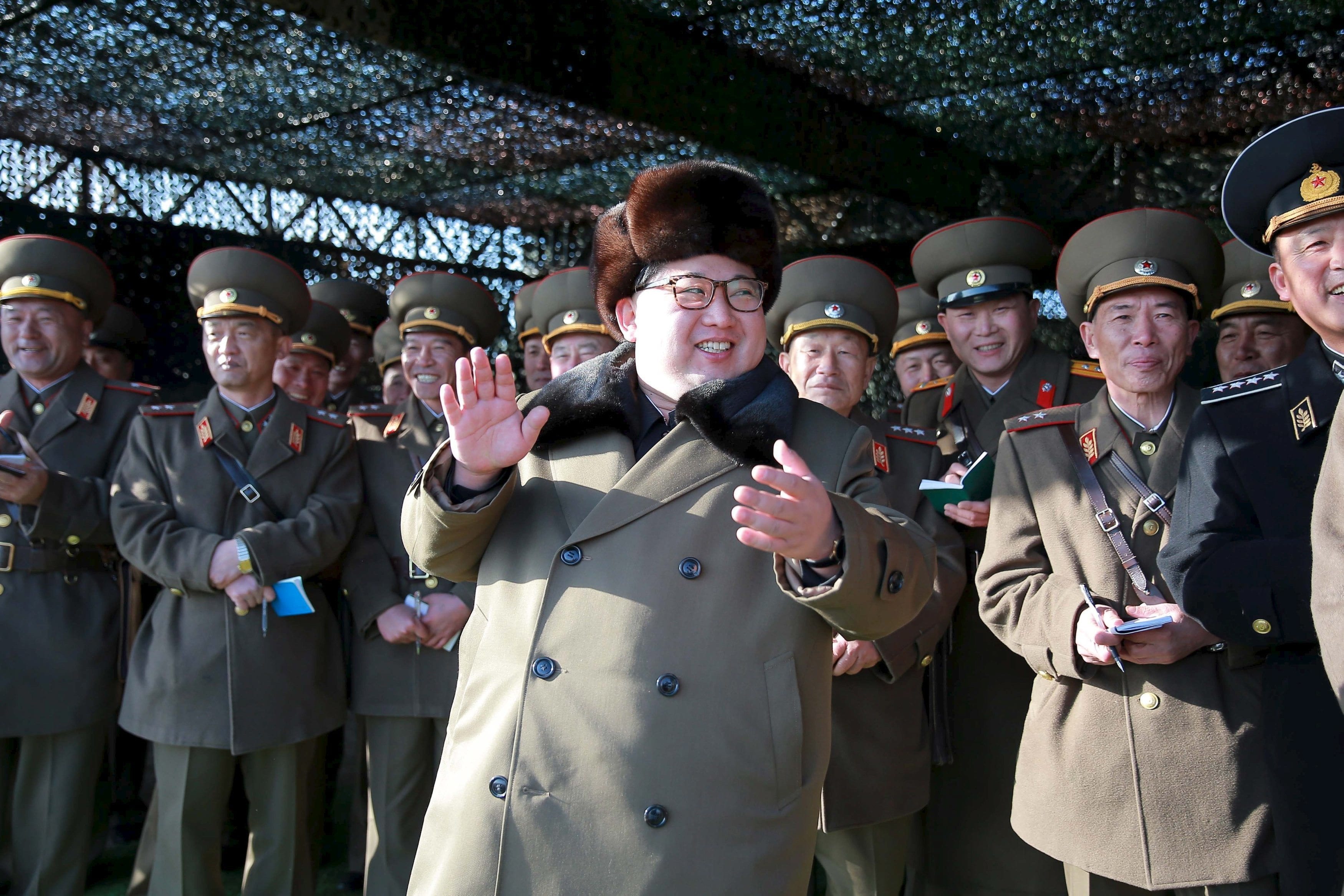
Background
Korea was a unified country for centuries. It was mainly an agrarian society under feudal leadership which was periodically attacked by its neighbours (China and Japan); in the Japanese invasion of Korea in 1592-1598 and the First and Second Machu invasion of 1636. It was ruled by the Choson (‘Joeson’) Dynasty founded by Yi Seonggye for approximately five centuries, from July 1392 to October 1897. Choson was the last dynasty of Korea and its longest-ruling Confucian dynasty. It found itself buffeted by the rival ambitions of China, Russia and Japan to take it over as a colony. 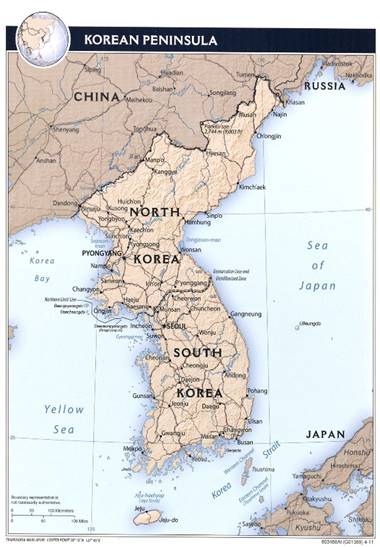
Britain, France and the U.S. harboured similar interests. Korea was culturally closer to the Chinese and looked to China for assistance, but the severe debilitation of the Manchu Dynasty in China by its conflicts with Britain and Russia, made China a weak ally in the face of the determined power of a rapidly industrializing Japan. Japan created a modern army and navy and viewed Korea and Manchuria as areas for industrial and agricultural expansion. China’s inability to assist Korea was amplified by China’s defeat in the Sino-Japanese War (1895) while Japan expanded its naval and military power even further when it triumphed in the Russo-Japanese War (1905). Western powers, like the United States and Britain, did little to interfere with Japan’s colonial ambitions.
Through a series of political interactions with the Koreans and the assassination of key members of the Korean royal family, the Japanese increased their influence in Korea. In 1910, Japan officially took control of Korea and renamed it Chosen. The pejorative term “Chosen-jin” is still used in Japan to refer to Koreans. The Japanese occupation of Korea lasted until 1945 when the Japanese were defeated in World War II.
During the Second World War, the Chinese fought a bitter and brutal war with the Japanese occupiers of large swathes of China while the Soviet Union assisted the Chinese in no discernible way. In fact, for almost the entirety of China’s brutal and costly war with the Japanese the Soviet Union was bound by a treaty with Japan which guaranteed Soviet neutrality in Japan’s vicious attack on China.
The Soviet Union and the Empire of Japan signed the Soviet-Japanese Neutrality Pact (Nisso Churitsu Joyaku), also known as the Japanese-Soviet Non-aggression Pact (Nisso Fukashin Joyaku) April 13, 1941. The pact ensured the neutrality between the Soviet Union and the Empire of Japan during virtually the whole of World War II. Not only did this pact ensure that Japan would not have to fight on two fronts in the War in the Pacific it also recognised the legitimacy of the Japanese puppet state of Manchukuo (Manchuria), wrested from China. The Soviet Union pledged to respect the territorial integrity and inviolability of Manchukuo despite the fact that its allies in the Allied Powers refused to recognise Manchukuo as a legitimate state. The Soviet Union, which had taken over full control of the communist-led Republic of Mongolia which included the whole of Outer Mongolia taken from China (and never returned) was recognised by Japan in the treaty in return for the Soviet recognition of Manchukuo.
This treaty was a major bone of contention between the Soviet Union and the rest of the Allied Powers. Roosevelt and Churchill pressed the Russians for their entry into the war on the Pacific front but Stalin refused to budge. It wasn’t until the Tehran Conference in November 1943 that Stalin agreed that the Soviet Union would enter the war against Japan once Nazi Germany was defeated. The Soviets did nothing constructive in Asia for two more years. At the Yalta Conference in February 1945, Stalin finally agreed to Allied demands for the Soviets to enter the Pacific Theatre within three months of the end of the war in Europe.
On July 26, the US, UK and China made the Potsdam Declaration, an ultimatum calling for the Japanese surrender which, if ignored, would lead to their “prompt and utter destruction”. On August 6, 1945, the United States detonated an atomic bomb over the Japanese city of Hiroshima, at 8:15 AM local time. Sixteen hours later, American President Harry S. Truman called again for Japan’s surrender, warning them to “expect a rain of ruin from the air, the like of which has never been seen on this earth.” Stalin got the message and decided that, in spite of his treaty with Japan, he would bring the Soviet Union into the war in the Pacific Theatre.
A few hours after Truman’s demand for a Japanese surrender after the bomb on Hiroshima, Stalin ordered his troops to prepare for war with Japan. This was late on the evening of August 8, 1945. Just as Soviet troops swept down to attack the Japanese puppet state of Manchukuo on August 9th, the U.S. dropped the second nuclear bomb on the Japanese city of Nagasaki the same day. The Soviet troops moved into Manchukuo, Korea, and to Sakhalin and the Kurile Islands.
A few days later, on August 15, 1945 the Emperor Hirohito announced the unconditional surrender of Japan. The war was over. The Soviets had acted just in time. Their troops were at war for less than six days. In return for their war effort they took effective and recognised control of Mongolia, the various offshore islands occupied by Japan and Korea, north of the 38th Parallel.
By 1948, as a product of the Cold War between the Soviet Union and the United States, Korea was split into two regions, with separate governments. Both governments claimed to be the legitimate government of all of Korea, and neither side accepted the border as permanent. The conflict escalated into open warfare when North Korean forces—supported by the Soviet Union and China—moved 785,000 troops across the border into the south on 25 June 1950.

On that day, the United Nations Security Council recognized this North Korean act as invasion and called for an immediate ceasefire. On 27 June, the Security Council adopted S/RES/83: Complaint of aggression upon the Republic of Korea and decided the formation and dispatch of the UN Forces in Korea. Twenty-one countries of the United Nations eventually contributed to the UN force, with the United States providing 88% of the UN’s military personnel.

The division of Korea at the 38th parallel into two states allowed the Soviet Union to install a loyal follower, Kim Il Sung, as the President of North Korea in 1948. Kim was raised in a Presbyterian family. His maternal grandfather was a Protestant minister and his father had gone to a missionary school and was an elder in the Presbyterian Church, His origins were in Jeonju, North Jeolla Province. But, after the takeover of Korea by the Japanese in 1910 there was a nationalist reaction by many Koreans. The Kim family were among the dissidents and they fled to exile in Manchuria in 1920. Kim completed some of his education at Manchurian schools but left Presbyterianism to follow the cause of nationalism supported by the Comintern whose agents roamed through Manchuria.
Kim initially joined the Communist Party of Korea (founded in 1925) but which disappeared and was suppressed by the Comintern in 1928 when it was dissolved as being ‘too nationalist’ in its efforts to replace Japanese rule. Kim then joined the Communist Party of China in 1931 which was dominated by commissars from the Soviet Union. After the ‘Mukden Incident’ which was the excuse for the Japanese invasion and occupation of Manchuria, the communists encouraged the development of a guerrilla army in Manchuria. Kim became a political commissar to one of the bands. He was mentored by Wei Zhengmin, a leading communist leader who was the protégé of Kang Sheng, one of Mao Tse Tung’s close colleagues in Yunnan. At the age of twenty-four, Kim was put in charge of his own band of guerrillas.
Despite being targeted for capture and elimination by the Japanese, Kim soon took over the whole of the 1st Army. The Japanese were too powerful and Kim led the remnants of his army across the Amur River for sanctuary in the Soviet Union. He was sent to a training course at Vyatskoye near Khabarovsk, and commissioned as a Major in the Soviet Army. When the Soviet Army took over Korea above the 38th Parallel in August 1945 Stalin appointed Kim as head of the Korean Communist Party (on a recommendation from Lavrenti Beria who met Kim in Khabarovsk during his training). In 1948, the Soviets named Kim President of North Korea.
When Kim became President of North Korea the U.S. arranged that the militant anti-communist leader, Syngman Rhee, became President of South Korea. The hostilities between North and South led to frequent skirmishes and ambushes. Nearly 10,000 North and South Korean soldiers were killed in battle before the Korean War even began. It was a bitterly fought war with the forces of the Soviet Union and the newly-formed Mao Tse Tung Chinese Government (1949) taking an active part on behalf of the North Koreans. The UN forces, led by the U.S., supported the South. It took until April 1953 before a ceasefire and peace talks could take place and a Demilitarised Zone declared. There is still no peace treaty agreed or in force.
The ideology of Juche postulates that the survival and preservation of North Korea depends on following the desires and ideas of the ruling queen at the centre of the hive without question or deviation.
Korean Ideology & The Personality Cult
While initially a country guided by communist principles and ideology Kim’s Korea found it difficult to align itself fully with the Chinese Communist line, especially when the Chinese became embroiled in the throes of the Great Leap Forward and the Cultural Revolution which led to the Great Chinese Famine.
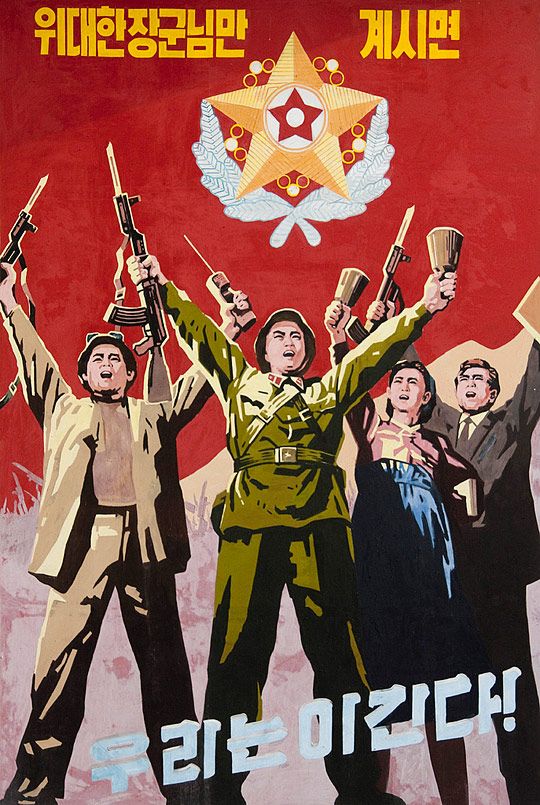
Unfortunately, at the same time, Khrushchev’s speech to the Twentieth Party Congress on February 25th, 1956 in Moscow, where he attacked Stalin’s “Personality Cult and its Consequences” posed a great danger to Kim whose route to power had flowed from Stalin. He feared the consequences of the de-Stalinisation of the party and the development of the Sino-Soviet split.
He decided, instead, to develop a personality cult of his own in which his rule became the yardstick of North Korean patriotism.
Kim initiated a particularly Korean version which he called “Juche”. Juche is an ideology which postulates that mass population is the source of all strength and progress; a ‘man-centred’ policy in which the independence of the nation depends on the expressed common will of the people, elucidated by the Supreme Leader who is able to turn this will into political programs and policies. This embodies the principles of self-reliance, self-defence, and rigorously defending the country’s sovereignty and dignity.
Observers have called this the Rule of the Hymenoptera; the third-largest order of insects, comprising the sawflies, wasps, bees, and ants. A single leader at the centre of the hive controls every aspect of the hive and the worker bees, drones and female carers have no existence or standing other than in their roles as protectors of the queen bee and the safety of the hive. In short, the ideology of Juche postulates that the survival and preservation of North Korea depends on following the desires and ideas of the ruling queen at the centre of the hive without question or deviation. Like the Hymenoptera this includes destroying any potential rival queens before they mature into an adult threat and a total obedience to the power of the queen which cannot allow any dissident or democratic forces developing within the hive.
A second aspect of the political and economic model introduced by Kim Il Sung was the principle of “Chollima”. The term Chollima derives from the mythological Chinese Flying Horse; a horse that could travel 1,000 li (400 kilometres) in a single day. It is the Korean version of Stahkanovism, where workers exceed their daily quota. It was introduced in the Soviet Union in 1935 when Aleksei Grigorievich Stakhanov mined 102 tons of coal in less than 6 hours (14 times his quota). The Communists instituted a Stakhanovite Movement which attracted emulators across Russia and in various industries. Stakhanov was awarded a medal as the first “Hero of Socialist Labour”.
Soon the Communists encouraged the Stakhanovite Movement through “socialist emulation” and produced dvukhsotniki (workers who produced twice their quota in a single shift) and even tysyachniki (workers who produced ten times their quota in a single shift). This is the model chosen by Kim in December 1956, where he called on the nation to be more motivated in economic production. He founded the Chollima Movement as a core ideology and, in 1959, the Chollima Work Team Movement, where teams of workers dedicate themselves to very high production goals and are rewarded for their diligence and performance. Although the principles of the Chollima Movement are still in place they have been partially supplanted by the Ch’ŏngsan-ni Method and the Taean Work System; the Chollima principle is still the same. It is still a fundamental belief in the North Korean system and has been a building block in the effort to produce nuclear weapons and intercontinental missiles.
However, the most important element of Korean ideology is the Songun Chongch’i [Military First, or army-centred] policy introduced by Kim Jong Il, the second of the Kim dynasty, when he visited the Dabaksol army post in January 1995. The Songun politics means that the military have priority in all aspects of North Korean life. Nationwide conscription is a critical tool for the regime to control its citizens and to maintain the Kim family in power.
The large military allows Pyongyang to carry out mass displays of disciplined soldiers marching in unison and displaying the latest weapons. It is a public display of military power and demonstrates the cohesiveness of the Hymenoptera in their hive. It is meant to counter any threats of invasion or the imposition of sanctions on North Korea by threatening retaliation against the Republic of Korea and its capital, Seoul. Songun power expresses national power and these displays reinforce the notion that a united North Korea is a force to be reckoned with.

North Korean Economy
The North Korean economy is a centrally-planned economic system driven by a series of five-year and seven-year plans, most of which are unfulfilled. North Korea relies on a trade in agricultural products, coal, cement and non-ferrous metals. Most of this trade is directed to China.
All of Korea was devastated by the effects of the Korean War. In 1945, about 65% of Korean heavy industry was in the North but only 31% of light industry, 37% of agriculture, and 18% of the peninsula’s total commerce. Initially the North had an economic advantage over the South and had financial support from both the Soviet Union and China. However, a ruthless pursuit of industrialisation in the South, fuelled by capital investments from the U.S. and Japan, saw South Korea blossom into a modern, high-tech economy.
This was achieved in the South largely by the introduction of the Chaebol structure; a business conglomerate structure that originated in the 1960s, creating global multinationals with huge international operations. The word “chaebol” means “business family” or “monopoly” in Korean. The chaebol structure can encompass a single large company or several groups of companies, banks and insurance companies. Each chaebol is owned, controlled or managed by the same family dynasty, generally that of the group’s founder.
Samsung, Hyundai, Daewoo and LG Group are among the biggest and most prominent chaebol. The economic success and concomitant political power of the giant chaebols had a dampening effect on the development of South Korea’s social and labour policies and was a source of regular and sustained political protests.
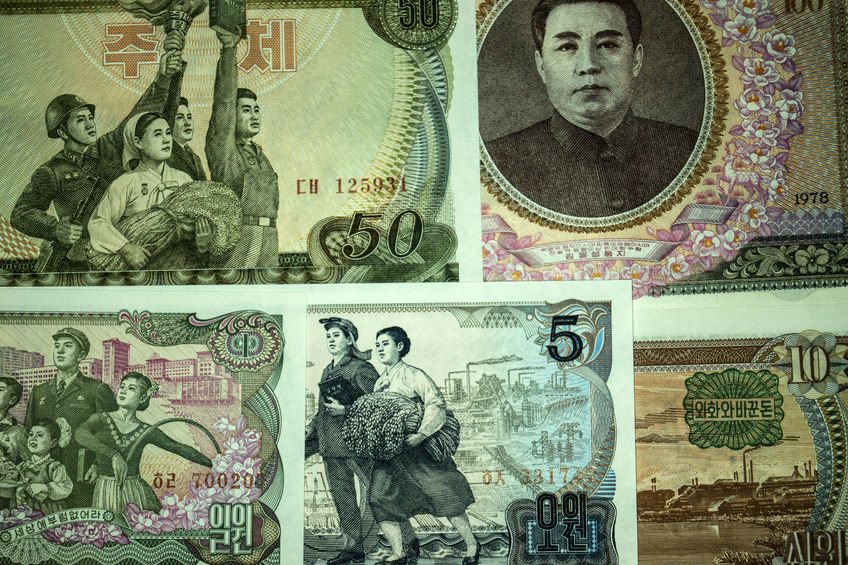
North Korea, on the other hand, suffered from the economic difficulties of its main trading partners. Without the continued support from the Soviet Union after 1989 and the poverty of China in the wake of the Cultural Revolution, North Korea was unable to service its debts. In 1980, it defaulted on its loans except those from Japan. By the end of 1986, hard-currency debt had reached more than US$1 billion. It also owed nearly $2 billion to communist creditors, principally the Soviet Union.
The Japanese declared North Korea in default. By 2000, taking into account penalties and accrued interest, North Korea’s debt was estimated at $10–12 billion. By 2012, North Korea’s external debt had grown to an estimated US$20 billion despite Russia reportedly writing off about $8 billion of debt in exchange for participation in natural resources development. Besides Russia, major creditors included Hungary, the Czech Republic and Iran.[i]
As the Chinese economy began to improve, China remained North Korea’s most important ally, biggest trading partner, and main source of food and energy. It helped sustain Kim Jong-un’s regime, and has opposed the harsh international sanctions on North Korea in the hope of avoiding regime collapse and a refugee influx across their 870-mile border.
The North Koreans willingly adapted the Chinese model of economic regulation by importing the system of the Lao Gai which means “reform through labour”. This is the system of large prison camps where non-criminals were sent to be re-educated through hard labour. It is estimated that in the last fifty years, more than fifty million people have been sent to lao gai camps in China. The North Korean total of imprisoned workers has been substantially less as North Korea executes many more than China. Many consumer goods and minerals were produced for export from lao gai camps. Recently they have been abolished in China but continue in North Korea.
Despite the UN-supported international sanctions against North Korea (UN Security Council Resolutions 1718, 1874, 2094, 2270 and 2321), China’s trade with North Korea continued to grow. Trade between the two countries peaked at $6.86 billion in 2014. Despite a recent dip, bilateral trade increased tenfold between 2000 and 2015.
China provides North Korea with most of its food and energy supplies and accounts for more than ninety percent of North Korea’s total trade volume. China’s purchases from North Korea include minerals, seafood, and manufactured garments. In the first quarter of 2017, China–North Korea trade was up 37.4 percent from the same period in 2016. China is currently North Korea’s only economic backer of any importance, although trade with Russia is growing as well.
In response to international pressure in February 2017, China’s commerce ministry temporarily suspended coal imports from North Korea through the rest of the year. Beijing had previously banned coal imports from North Korea in April 2016 but had allowed exceptions for “people’s well-being.
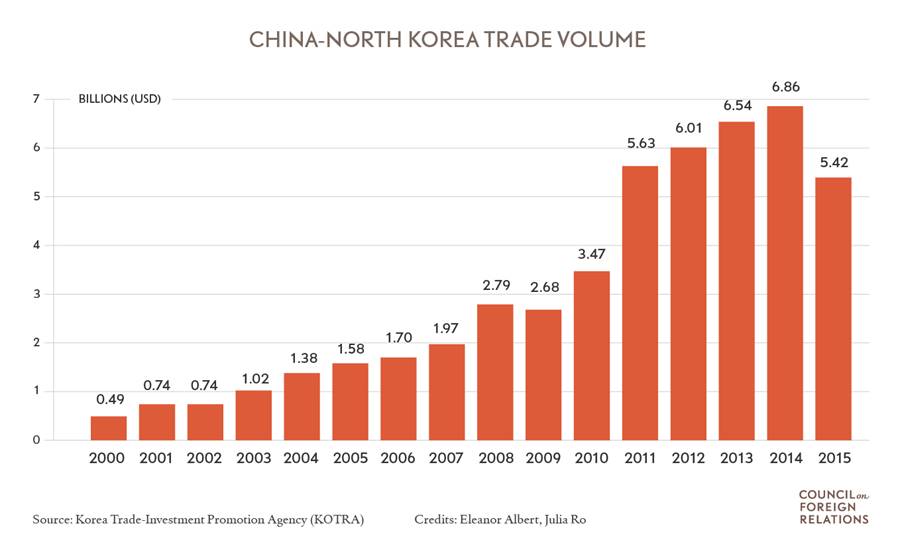
There is no question that North Korea is desperately in need of assistance. In the 1990s North Korea was devastated by a famine that killed between eight hundred thousand and 2.4 million people. It had the worst drought in decades in June 2015, followed by extensive flooding in September 2016, which seriously damaged harvests. UN agencies designated up to 60 percent of the population, or fifteen million people, as food insecure.
Altogether, China, Japan, South Korea, and the United States have provided more than 75 percent of food aid to North Korea since 1995, but these have dried up since the end of the Six Party Talks in 2009 and North Korea’s program of developing a nuclear capability.
North Korean Foreign Trade Zones
In an attempt to deal with its economic plight, North Korea established a number of trade zones to assist in the expansion of its international trade. These are spread among three regions of the country. The most advanced is the Rason Special Economic Zone, earlier called the Rajin-Sonbong Economic Special Zone. It was established in 1992 by the North Korean government near Rason to promote economic growth through foreign investment. Shipping is conducted through the port of Rajin. It is near the border with China and Russia and is a warm-water port for both countries. It is being expanded with new energy supplies from China and fuel deliveries from Vladivostok in Russia.
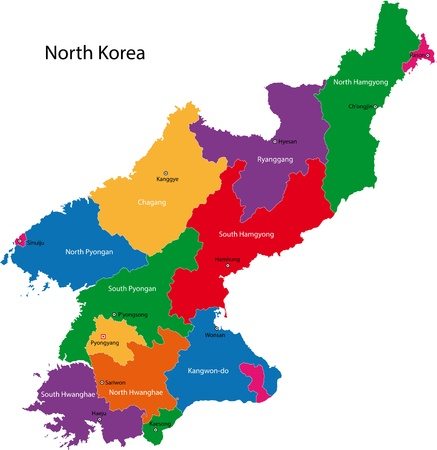
Although rail is the easiest link for this region the rail system to nearby Russia has suffered from a major impediment. The Korean rail lines are standard gauge rails of 1,435 mm (4 ft. 8 1/2 in), the same as for China, while the Russian gauge is 1520 mm (4 ft. 11 27⁄32 in). In order to load railcars in North Korea for onward shipment to Russia on the Trans-Siberian Railroad the carriages must be lifted at the crossing, near the Tumen River bridge, and placed on Russian bogies for their onward journey on Russian tracks. The same is true the other direction. Since 2013 the line over the Tumen River to Rajin has been rebuilt with dual gauge track, so that standard gauge and Russian broad gauge trains from the Russian Khasan can access the port of Rajin.
In August 2015, China opened a new rail link with North Korea and a new trade zone on the border.
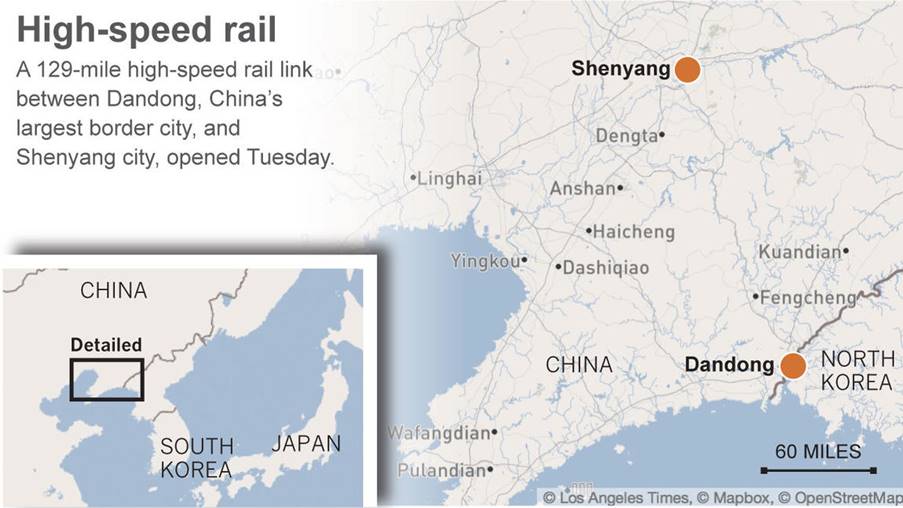
China opened a border trade zone in Dandong early in 2016; the Guomenwan trade zone. The zone was built at a cost of $156 million and covers about 240,000 square feet. Chinese residents living within 12 miles of the border will be allowed to exchange commodities at the zone with North Koreans and no taxes will be levied on purchases of about $1,250 or less a day.[ii]
A Russian railway from Khasan in Siberia across the border to Rason began operations in 2014. Shipments have been steadily increasing ever since. Russia plans to bring more than 1 million tons of coal through here. The appeal of Rason to the Russians is simple: it’s a gateway to Chinese markets. Transshipments of coal through the North aren’t banned under the UN sanctions, and it’s far cheaper to transit Rason than to get coal to the Chinese using other routes or means. Russian and Chinese cargo ships are used because the North doesn’t have any ships built for that purpose that are big enough. Now there are four new ferries plying the Russian-Korean route as it is cheaper than trying to use rail. The ferry service will move up to 200 passengers and 1,000 tonnes of cargo six times a month between North Korea and the Russian port of Vladivostok. There has been a recent steady flow of oil tanker traffic from Vladivostok into North Korean east coast ports.
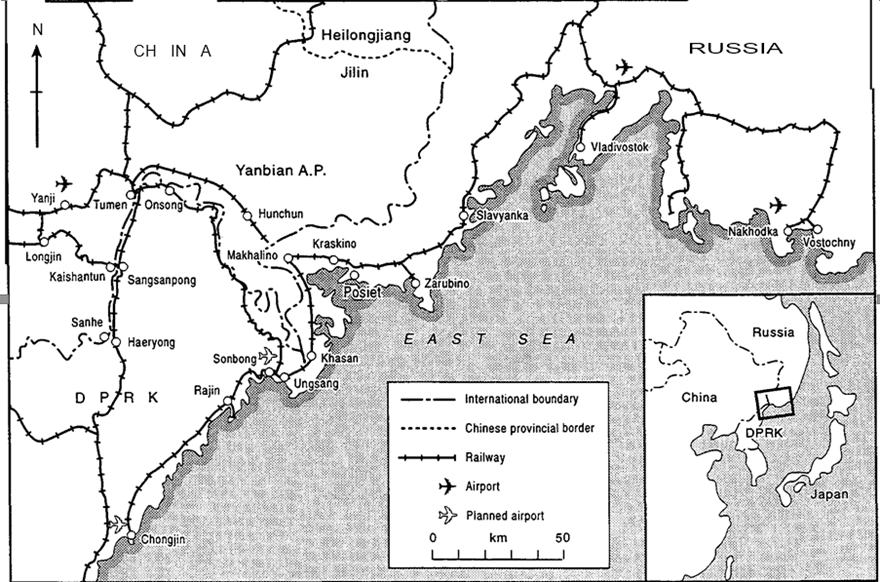
One of the earliest efforts to create a free trade area in the region was the Tumen River Area Development Programme (‘TRADP’). The meeting point of the borders of Russia, China and Korea has always been a politically-sensitive area. For the first 16km from its mouth the Tumen River forms the border between Russia and the Democratic People’s Republic of Korea (DPRK), and above that point the river is the border between China and the DPRK. China has vigorously asserted its free right of passage on the river, which is the only physical access to the sea for Jilin province.
Despite long discussions about establishing a working plan for the TRADP with China, Russia, North Korea and Mongolia the reality of conflict intruded between Russia and China. There has been an intense competition between the two nations in their border regions for decades; a competition which led to military confrontation between the two along the Ussuri River. In May 1962, 60,000 ethnic Uighurs (the same people who are today blowing up Chinese cities in the West and killing Han Chinese), crossed from China’s Xinjiang Province into the Soviet Union where they received assistance and materiel for their separatist aims. In an effort to restore harmony the Chinese and the Soviets started talks to regularise the conflict.
In these talks, it became apparent that there were long-standing Chinese grievances over the stripping and annexing of Chinese land by the Russian and Soviet states since the late 1890s from the weak Qing Dynasty. This included the land in the Pamir Mountains and the territory of Tajikistan. In addition, the Treaty of Beijing in 1900 had stripped away Outer Mongolia from China and drawn the riverine boundaries of the Argun, the Amur and the Ussuri Rivers so that the Chinese only controlled their own banks of these rivers. The Soviets controlled the water (not from the midlines of the river as usual) but the whole river and the islands in them.
On the Eastern Front, in March 1969, the Chinese PLA suddenly attacked the Soviet border guards on Zenbao Island, killing 59 soldiers. After about two weeks the Soviet troops forced the Chinese off the island. In August 1969, there were further incidents; this time in the West, in Xinjiang. There, after a few scuffles, the Soviets crossed the border and killed around 30 Chinese soldiers in Tieleketi. The Soviet presence on the Chinese border was impressive, with 25 divisions, 1,200 aeroplanes, and 120 medium-range missiles. Not only were the Chinese concerned about the Soviets backing Uighur dissidents, they were worried about a Soviet attack on nearby Lop Nur, the site of China’s nuclear test facilities. Tensions were high and there was a danger of nuclear escalation. Fortunately, this was avoided. There continued to be further incidents during the Cultural Revolution. 
Negotiations were resumed in 1991 and a partial treaty signed on May 29, 1994. This was completed in November 1997 at a summit meeting in Beijing where Yeltsin and Jiang Zemin agreed a treaty establishing the border between the two countries. Finally, in October 2004 the two nations signed a Complementary Agreement returning some territory to China. This was confirmed at a meeting of the two nations 2008. Relations have been strained since then as there is an increasing imbalance between the two sides; militarily, economically and in terms of manpower.
Needless to say, the TRADP no longer held as many attractions and North Korea was left with the business of developing bi-lateral ties.
A Response to the Challenges of North Korean Nuclear Program
Over the years there have been several efforts by the U.S. to negotiate with North Korea to end its pursuit of nuclear weapons. The U.S. is directly involved in this program because it acts as the guarantor of peace and stability in that area of Asia and has numerous troop and equipment emplacements in South Korea, Japan and elsewhere in the region.
The record of diplomatic success is sketchy at best. The first nuclear agreement between the U.S. and North Korea agreed by Clinton in 1994 collapsed in 2002 after eight years in force, in part because of cheating by Pyongyang.
A nuclear deal brokered by China in 2005 requiring Pyongyang to give up its weapons program failed after the Bush administration imposed new economic sanctions on the North shortly after the agreement was made. A U.S.-North Korean deal in 2012 that imposed a moratorium on the North’s long-range rocket tests collapsed when Pyongyang claimed its rockets intended to launch satellites into space were exempted.
A succession of UN Security Council resolutions has also had little effect. It has been abundantly clear that diplomacy will only ever delay the nuclear program and is unlikely to stop it altogether. North Korea is convinced that only by becoming a nuclear power will it be able to protect itself from its enemies.
The evidence that this may be a logical and reasonable conclusion to reach can be found in the examples of two other countries that were obliged by negotiations to give up their nuclear weapons and programs – the Ukraine and Libya. On October 21, 1994, the Clinton Administration signed the Agreed Framework between the United States of America and the Democratic People’s Republic of Korea, the objective of which was the freezing and replacement of North Korea’s indigenous nuclear power plant program with more nuclear proliferation resistant light water reactor power plants. This included the step-by-step normalization of relations between the U.S. and the DPRK. About two months later in November-December 1994, the Ukraine was persuaded to sign the Budapest Memorandum which marked its decision to give up its nuclear weapons in return for security guarantees.
With the collapse of the Soviet Union in 1991, the Ukraine became the third-largest nuclear power in the world. It had inherited 176 strategic and more than 2,500 tactical nuclear missiles. It had a giant military equipment industry which actually produced the missiles for the Soviet Union and was capable of expanding the lethality of its warheads. The document was signed on 5 December 1994 at the summit of the Organization for Security and Cooperation in Europe (OSCE). Russia, Belarus and Kazakhstan signed the memoranda as well. They all guaranteed the security of Ukraine and the inviolability of its borders.
As compensation, the regime in Kyiv received financial assistance from the United States, cheap energy supplies from Russia, and security guarantees that were enshrined in the Budapest Memorandum. As it turned out, the Budapest Memorandum was no guarantee of the security of the Ukraine nor the integrity of its borders (and the loss of Crimea). This turn of events was not lost on the Kim dynasty in North Korea.
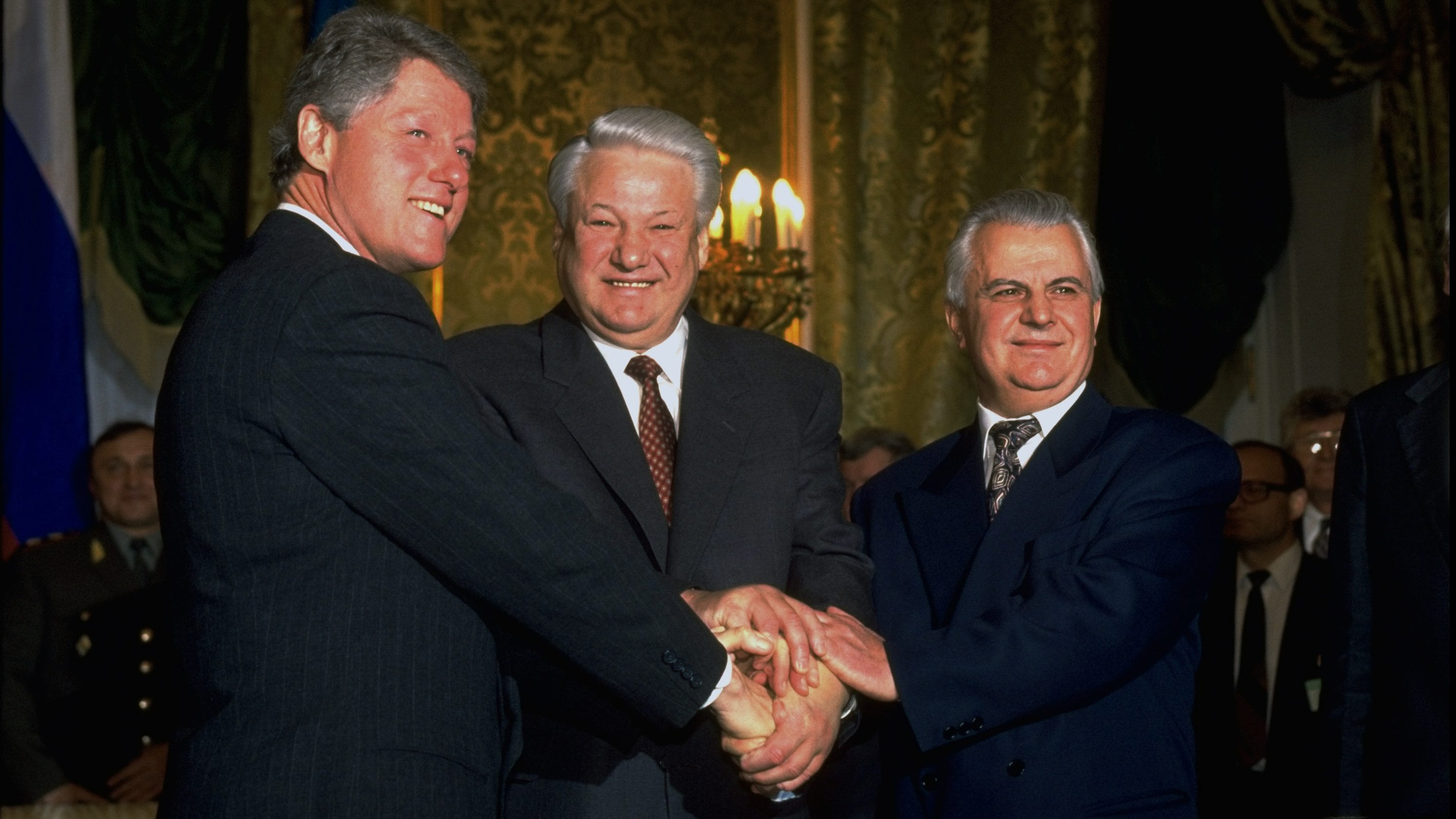
After the 1969 coup in Libya which put Colonel Muammar Gaddafi in power he began a covert program for the development of nuclear weapons in parallel with Libya’s ‘peaceful’ use of nuclear power. In 1981, the Soviet Union supplied a 10 MW research reactor at Tajura as a peaceful front for his covert program. During the 1980s, Gaddafi set up a bureau to obtain parts from the black market in nuclear and dual-use components and hired international specialists in nuclear weapons, including Swiss nuclear engineer Friedrich Tinner, to start developing these weapons. Tinner’s work on centrifuges took place at Tajura aimed at producing gas centrifuges for uranium enrichment. These were not entirely successful so he contacted Pakistan and India to share their technology. In 1997, Libya received technical documentation and materials on centrifuges from the black market, having made a strategic decision to start the nuclear weapons programs again.
After the 9/11 attack on the U.S. and the U.S. invasion of Afghanistan, Gaddafi saw he was in a tight spot in his opposition to the U.S. He contacted the Bush administration and agreed to turn over all his nuclear and chemical weapons of mass destruction and abandon his efforts to produce nuclear weapons. On 19 December 2003, Libya announced its agreement to renounce its weapons program. On 22 January 2004, U.S. military transport planes carried around 55,000 pounds (25,000 kg) of documents and equipment related to Libya’s nuclear and ballistic missile programs to the Oak Ridge National Laboratory (ORNL) in Tennessee followed in March 2005 by over 1,000 additional centrifuge and missile parts shipped from Libya.
The quid pro quo of this act of renouncing nuclear weapons was that the U.S. would guarantee Libya’s (and Ghaddafi’s) safety against the troubles that were brewing in the region as a result of the Arab Spring and Libya’s civil war.
This promise was not fulfilled and the U.S. went on to participate in the bombing of Libya which led to the death of Gadaffi and the fall of his regime. This, too, was not lost on the Kim dynasty in North Korea.
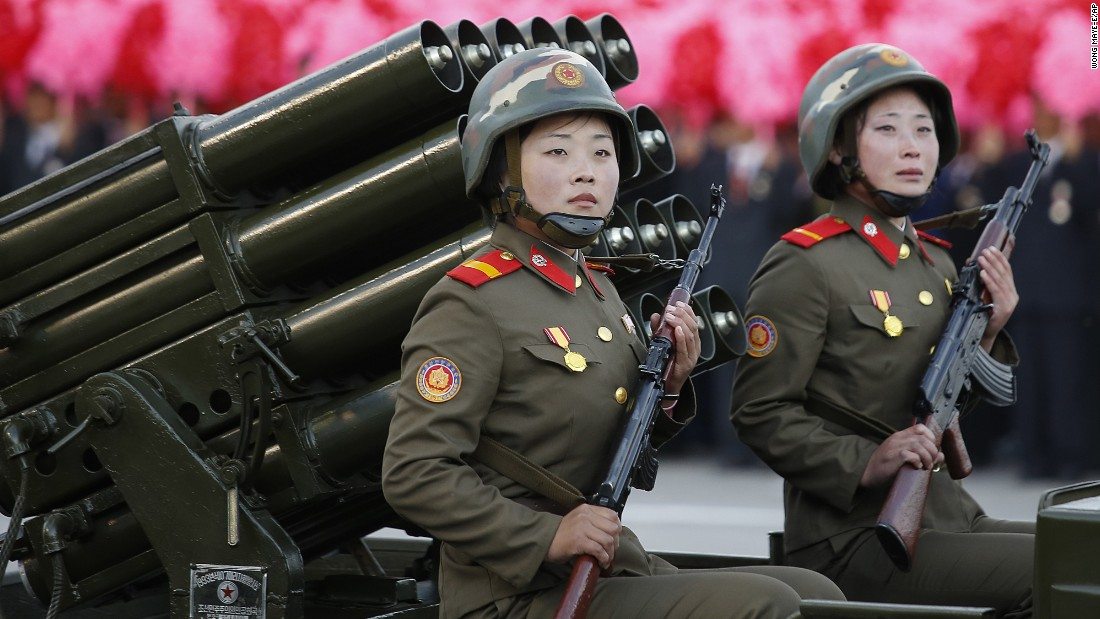
A complicating factor in dealing with North Korea is the solipsism of Western leaders who make the assumption that North Korea exists in a political vacuum because it doesn’t often engage with the West. North Korea has now, and had for a long time, sustained interaction with many countries, especially in Africa. From 2007 to 2015, the value of annual trade activities between African states and the DPRK amounted to $216.5 million, higher than the average $90 million recorded from 1998 to 2006, according to a November report by the Institute for Security Studies (ISS), a Pretoria-headquartered think tank associated with the UN.
North Korea’s ties with Africa date back to the 1970s, when it engaged in various cultural exchanges across the continent, pushing the merits of its Juche and Chollima ideologies. At the time, several African governments admired Pyongyang’s brand of socialist modernity, and the relationship was sweetened by the offer of free education for African students in North Korea during the 1980s.
Pyongyang has also built arms factories in the Democratic Republic of the Congo, Ethiopia, Madagascar and Uganda. Its also been contracted to construct military sites in Namibia. Police training and leadership-protection courses provided by North Korea have also been popular across the continent, including Benin, Mozambique, Nigeria, and Zimbabwe (best noted for its training of the notorious Fifth Brigade).
Pyongyang has also sold ballistic-missile manufacturing lines to Egypt and Libya, while South Africa intercepted a shipment of weapons from North Korea bound for the Congo in 2009. The ISS reported in Feb. 2016 that Pyongyang was still exporting ballistic missile-related items to the Middle East and Africa. The DPRK has had a long and profitable relationship with Malaysian traders using the company Glocom, which exports DPRK small arms and communications equipment throughout Central Asia and the Middle East.
While the South Korean president’s travels to Africa have gained more Western media attention, Kim Yong-nam, North Korea’s nominal head of state, also embarked on an African diplomatic tour in late May 2016 to nine African countries. While North Korea maintains diplomatic relations with other African states, four countries with highly authoritarian regimes are of paramount importance to Pyongyang’s current diplomatic strategy. These countries are Equatorial Guinea, Angola, DR Congo, and Burundi. North Korea’s reaffirmation of ties with Equatorial Guinea is a continuation of an alliance dating back to the early 1970s. Despite his anti-Communist leanings, President Obiang Nguema’s uncle and predecessor, President Francisco Nguema, welcomed North Korean military advisors and voluntarily changed the name of his ruling party to the United National Workers Party in 1971.
North Korea’s relationship with DR Congo also recently sparked an international controversy. A UN report was leaked on May 16, 2016 revealing that Congo had purchased pistols from the DPRK in 2014 and recruited 30 North Korean instructors to work alongside the Congolese police and presidential guard.

The four major branches of the DPRK intelligence and security are the Ministry of State Security (MSS), which is North Korea’s primary counterintelligence service and is an autonomous agency of the North Korean government reporting directly to Kim Jong Un. The MSS is responsible for operating North Korean prison camps, investigating cases of domestic espionage, repatriating defectors, and conducting overseas counterespionage activities. The United Front Department (UFD) overtly attempts to establish pro-North Korean groups in South Korea such as the Korean Asia-Pacific Committee and the Ethnic Reconciliation Council. The UFD is also the primary department involved in managing inter-Korean dialogue and North Korea’s policy toward the South.
North Korea’s Reconnaissance General Bureau (RGB) is responsible for clandestine operations. The RGB includes six bureaus charged with operations, reconnaissance, technology and cyber, overseas intelligence, inter-Korean talks, and service support. The 225th Bureau is responsible for training agents, infiltrating South Korea, and establishing underground political parties focused on fomenting unrest and revolution.[iii] There are several key embassies in Africa which are staffed primarily with officers in the RGB, especially those in the overseas intelligence line and Bureau 121 (cyber intelligence). The North Koreans are not ‘hermits’; they just don’t do their work in the streets of Paris, London and Berlin.
While it seems highly unlikely that the DPRK is going to divest itself willingly of its nuclear weapon and missile capabilities, it presents a serious threat to the region and to the U.S. Its economic condition is not strong, yet it weathered the last famine and still has very good ties to China and Russia which can make sure that the people are fed. Moreover, the North Koreans have a healthy trade in exporting skilled workers to Russia and China whose remittances sustain the economy.
While China may be willing to talk about increasing its pressure on North Korea, there are several ‘private’ Chinese companies continuing to act as enablers, supplying the DPRK with technology and hardware that allow its missiles to take flight, according to current and former U.S. and U.N. officials and independent weapons experts. The private assistance has included sensitive software and other items specifically banned for export to North Korea under the U.N. Security Council. What the Chinese don’t provide, the Russians are increasingly able and willing to supply.
The solution of dropping bombs or targeting missile sites or nuclear installations appears to be a foolish pursuit as there are numerous DPRK missiles and ordinance targeted on South Korea, as well as the 28,000 U.S. servicemen in South Korea. This policy doesn’t even have the agreement of local South Korean politicians.
Moon Jae-in of the biggest Minjoo Party said in a statement that any military action on the peninsula must never be conducted without South Korea’s consent. Moon noted that if he takes power, he will visit the United States rapidly to discuss ways to resolve the issue. A spokesman with Ahn Cheol-soo of the centre-right People’s Party, Moon’s arch-rival, said the re-deployment of the U.S. aircraft carrier near the peninsula was viewed as a strong show of force against the DPRK’s nuclear program. He expressed worry about the escalated military tensions on the peninsula, adding that the DPRK’s nuclear issue must be resolved in a peaceful way. Using such blunt instruments as a hammer on the North Korean nuclear industry is not a solution; it only creates a different problem.
What is needed is a more modern, innovative method of warfare which solves the problem without extensive collateral damage. An example is to use an electro-mechanical pulse which is targeted on the nuclear sites and missiles. These are produced by a whole range of Directed Energy Weapons (‘DEW’). A DEW emits a powerful energy beam in an aimed direction without a projectile. It transfers energy to a target. Directed Energy Weapons are mounted on ships, planes, jeeps, helicopters and satellites. The larger DEW operate in the terawatt range, and are mounted on ships. However, with the development of modern solar energy, these new super weapons have been miniaturized. A terawatt-level electric discharge would be equivalent to hundreds of lightning strikes.
An example of this is contained in the Counter-electronics High Power Microwave Advanced Missile Project (CHAMP). CHAMP is a technology led by the Air Force Research Laboratory, Directed Energy Directorate at Kirtland Air Force Base, which developed an air-launched directed-energy weapon capable of incapacitating or damaging electronic systems.

The U.S. Air Force now has the technology for a steerable counter-electronics weapon; a multi-shot, multi-target, High-Power Microwave (HPM) package. HPM weapons are expected to be integrated onto a “JASSM-ER-type weapon,” and on small reusable platforms like the F-35 Lightning II and unmanned aerial vehicles. HPM weapons are desired to project lethal levels of energy to command and control centres, buildings and electronic and power systems which need to be engaged and shut down.
In October 2012 the three-year, US$40-million project by Boeing Phantom Works’ Counter-electronics High-powered Microwave Advanced Missile Project (CHAMP) became reality in the Utah desert. The missile, launched from an aircraft before flying over its target, sent out electromagnetic pulses that were designed to disable any electronics in a wide area; destroying an enemy’s computers and communications without killing enemy soldiers or civilians. In the October test, the missile fired microwaves at a two-storey building causing all the electronics and computers inside to go dark. Even the cameras monitoring the test were knocked out. It’s a non-lethal weapon that is effective.

There are also several types of lasers that are used for Anti-Satellite Weapons (ASAT) weapons. All are devices that deliver highly focused energy as their means of destruction. A wide spectrum of energy sources are generated and directed to the target at the speed of light, carrying the destructive force. A LASER is an acronym for the phrase-Light Amplification by Stimulated Emission of Radiation. A MASER (like a laser but generated by a microwave) is an acronym for Microwave Amplification by Stimulated Emission of Radiation. Directed energy weapons are streams of elementary particles, atoms, electrons, ions, light, microwaves, x-rays, gamma rays and even high-powered plasmas that are accelerated to very high velocities that can ruin or destroy satellites.
https://www.youtube.com/watch?v=D0DbgNju2wE
There is a separate class of DEWS that, as a group, are actually based in space; fitted to satellites; and powered by the latest solar energy devices. Initially these were fitted with nuclear devices which could be triggered from Earth to destroy other satellites, but they are now largely replaced by ASATs fitted with large mirrors which can be controlled from Earth. These mirrors can be positioned to reflect a powerful laser emission from Earth to any point on the globe, just as if the satellite itself had emitted the energy ray. This can come from lasers or from an electro-mechanical pulse. They can also be directed at other satellites to destroy them.
This pulse, even at lower strengths can be deployed by aircraft, missiles or satellites. In the case of North Korea these pulses sent, or relayed from satellites, can be directed at missile sites or at mobile missile launchers. Their purpose is to project a pulse which will fuse or agitate the thyristors inside the North Korean nuclear weapons (needed to set off the nuclear explosion) while they are still on the ground in launch position or in their underground silos. A thyristor is a solid-state semiconductor device which acts exclusively as a bistable switch, conducting when the gate receives a current trigger, and continuing to conduct while the voltage across the device is not reversed.
There is probably no better argument for stopping the production and deployment of nuclear weapons than their explosion in the lab, in a warhead, or in a silo. In short, the solution to the North Korean crisis is to surreptitiously allow the Koreans every opportunity to blow themselves up as they proceed with their nuclear ambitions; all with plausible deniability.
Dr. Gary K. Busch, for Lima Charlie News
Dr. Busch has had a varied career-as an international trades unionist, an academic, a businessman and a political intelligence consultant. He was a professor and Head of Department at the University of Hawaii and has been a visiting professor at several universities. He was the head of research in international affairs for a major U.S. trade union and Assistant General Secretary of an international union federation. His articles have appeared in the Economist Intelligence Unit, Wall Street Journal, WPROST, Pravda and several other news journals. He is the editor and publisher of the web-based news journal of international relations www.ocnus.net.
Lima Charlie World provides global news, featuring insight & analysis by military veterans, intelligence professionals and foreign policy experts Worldwide.
For up-to-date news, please follow us on twitter at @LimaCharlieNews
Sources
[i] “N.Korea Struggling Under Mountains of Foreign Debt“. The Chosun Ilbo, January 19, 2012
[ii] http://www.latimes.com/world/asia/la-fg-china-north-korea-rail-20150901-story.html
[iii] https://fas.org/irp/world/dprk/
In case you missed it:

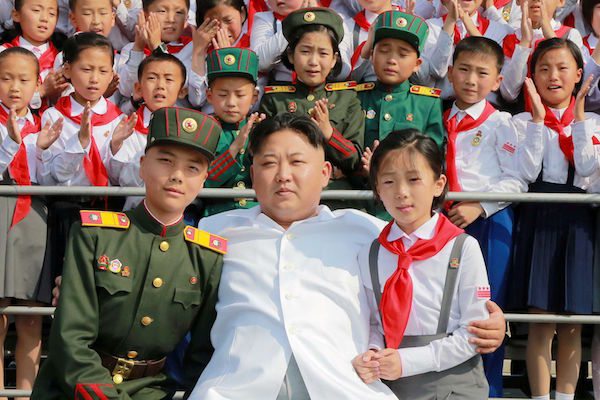
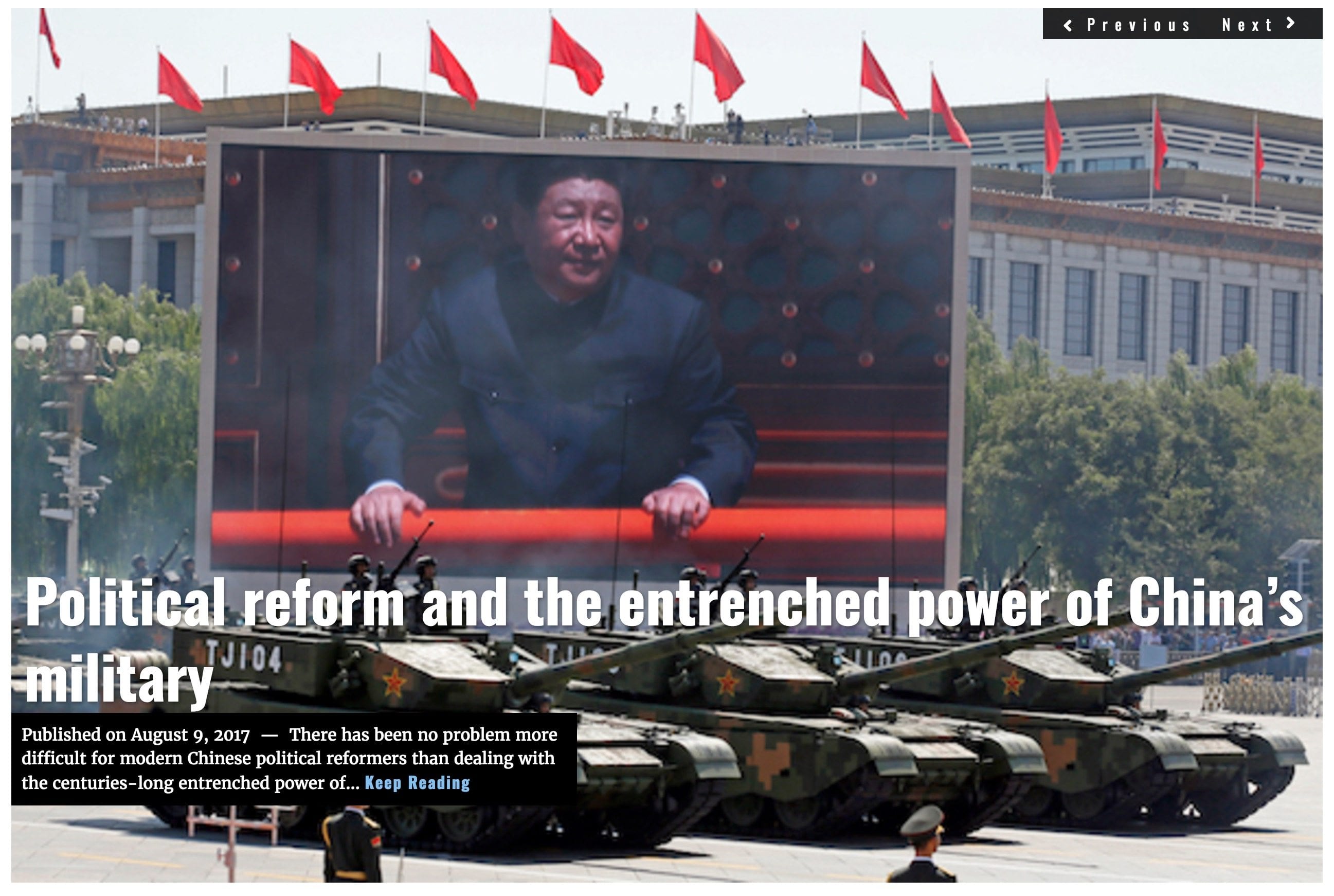
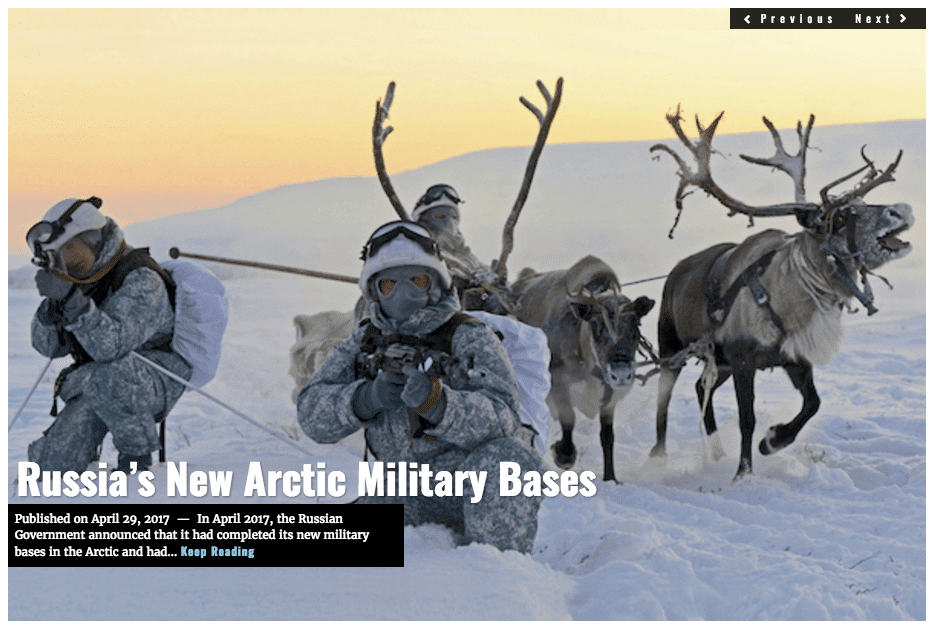
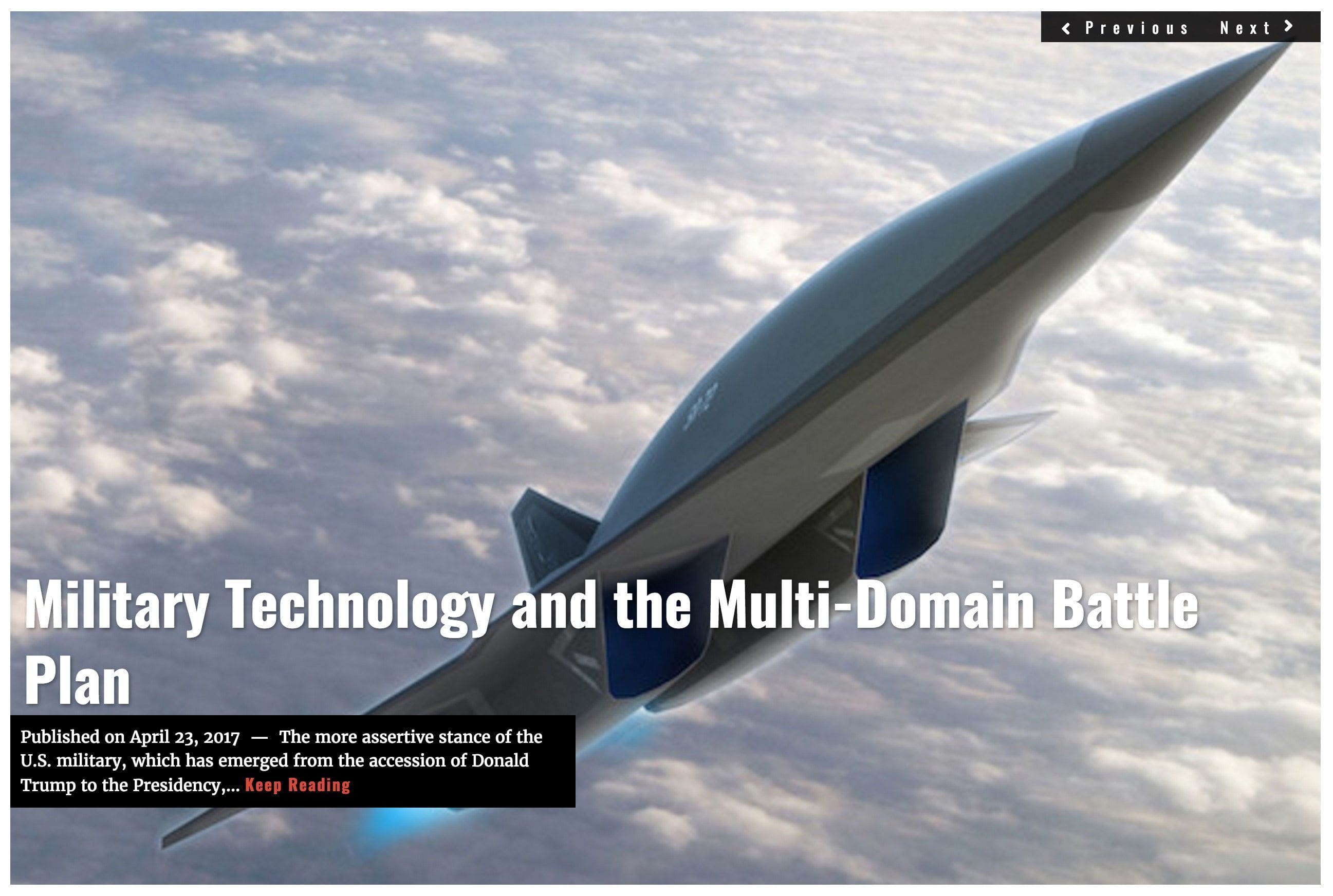
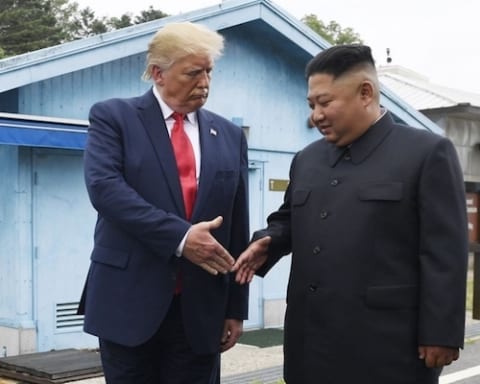
![Image What exactly is the extent of Russia’s influence on North Korea? [Lima Charlie News][Photo: Yuri Kadobnov]](https://limacharlienews.com/wp-content/uploads/2019/05/What-exactly-is-the-extent-of-Russia’s-influence-on-North-Korea-1-e1557115659181-480x384.jpg)
![Image Sweden provides ‘quiet diplomacy’ for U.S. – North Korea talks [Lima Charlie News][Image: REUTERS / Janerik Henriksson]](https://limacharlienews.com/wp-content/uploads/2019/01/Sweden-U.S.-–-North-Korea-talks.jpg)


![Blossoming Russo-Turkish alliance leaves U.S., NATO behind [Lima Charlie News]](https://limacharlienews.com/wp-content/uploads/2019/07/Russia-Turkey-alliance-leaves-U.S.-NATO-behind-480x384.png)
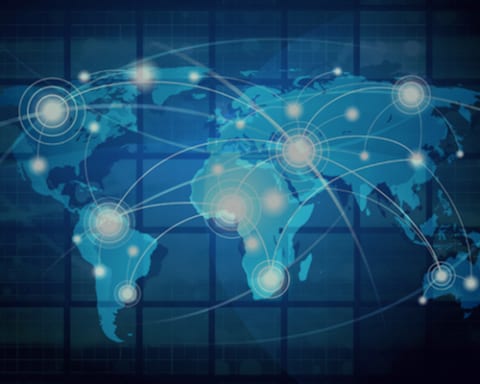

![Image What exactly is the extent of Russia’s influence on North Korea? [Lima Charlie News][Photo: Yuri Kadobnov]](https://limacharlienews.com/wp-content/uploads/2019/05/What-exactly-is-the-extent-of-Russia’s-influence-on-North-Korea-1-e1557115659181-150x100.jpg)